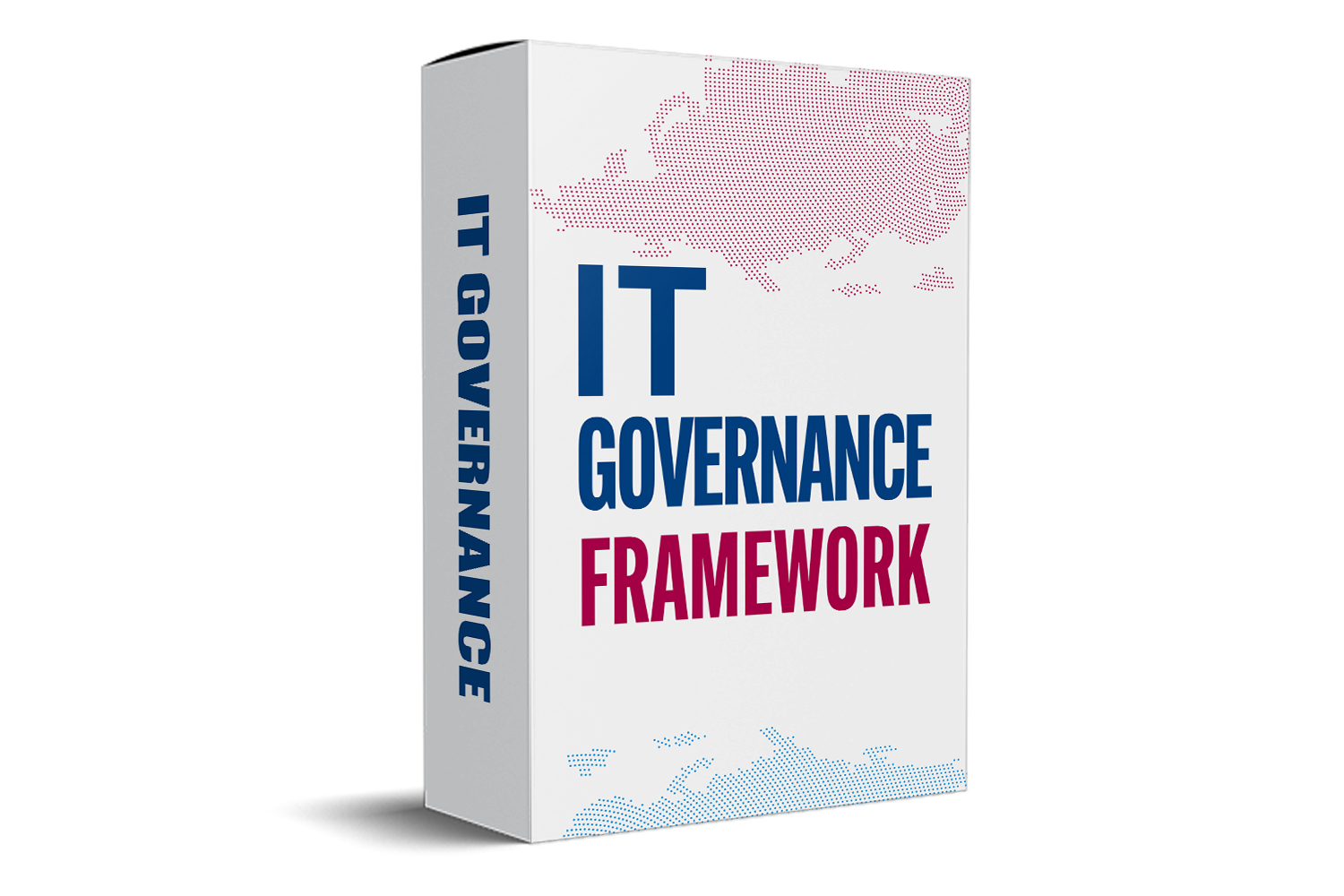Secure System Architecture and Engineering Principles Template establishes guidelines and best practices for secure development, ensuring that all software development activities prioritize security at every stage.
By implementing a Secure Development Policy, organizations can prevent vulnerabilities and minimize the risk of breaches, ultimately safeguarding the confidentiality, integrity, and availability of their systems and data.
Format: MS Word
Features:
- Documentation and Reporting: The template includes a documentation and reporting section, enabling organizations to maintain records of security planning, implementation, and testing activities. It promotes accountability and transparency in the security process.
- Comprehensive Security Planning: This template provides a thorough guide for creating a secure system architecture by incorporating various security planning principles. It covers all aspects of system security, including network security, data protection, access control, and vulnerability management.
- Secure Development Practices: The template emphasizes the importance of secure development practices by providing guidelines for incorporating security into the software development lifecycle. It covers secure coding practices, vulnerability testing, and patch management.
Template Details:
The template includes the following details:
1. Secure system architecture and engineering principles
1.1 Clear Abstractions
1.2 Least common mechanism
1.3 Modularity and Layering
1.4 Partially ordered dependencies
1.5 Efficiently mediated access
1.6 Minimized sharing
1.7 Reduced complexity
1.8 Secure evolvability
1.9 Trusted components
1.10 Hierarchical trust
1.11 Inverse modification threshold
1.12 Hierarchical protection
1.13 Minimized security elements.
1.14 Least privilege
1.15 Predicate permission
1.16 Self-reliant trustworthiness
1.17 Secure distributed composition
1.18 Trusted communication channels
























